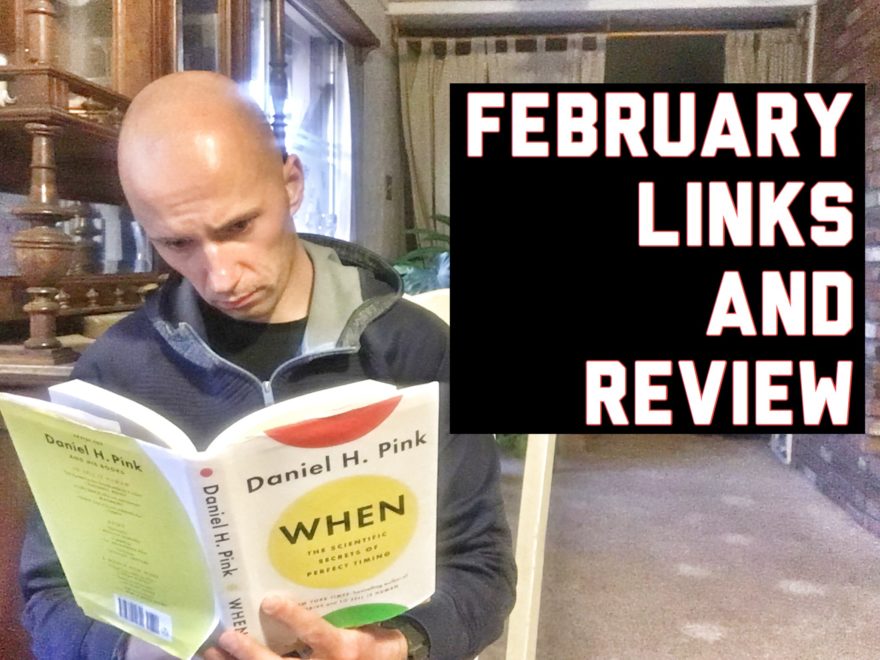Tag: threat

February Links and Review
Every week, my newsletter subscribers get links to some of the goodies that I’ve come across on the internets. Here…

It’s the Salient Detection System, Stupid
Can you tell the difference among pain, depression, and pleasure? From a neurotransmitter perspective, the answer is no (see here…
The End of Pain
I’m Done Treating Pain. Yes. You read that correctly. I’m over it. Several different thoughts have crept into to my…
